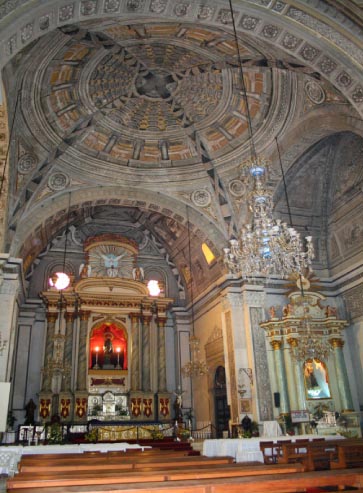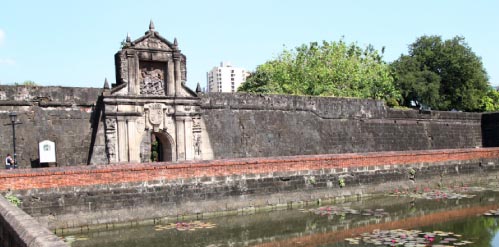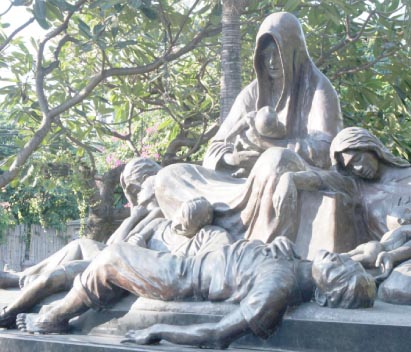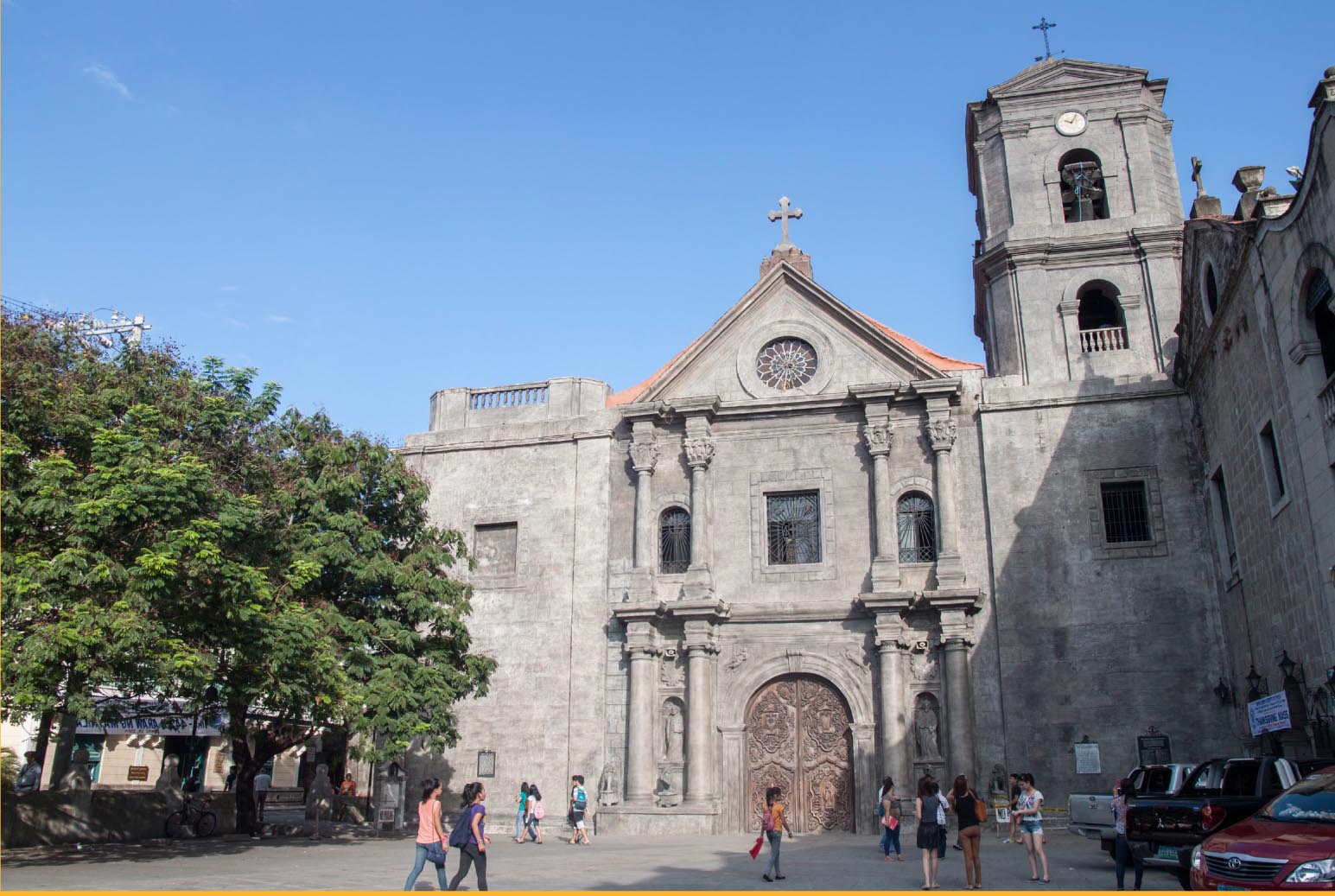The sun begins to set, coloring the sky with rich hues of crimson and orange, signaling the day’s end. From a window on the second floor of the San Agustin Museum, I catch a glimpse of a 420-year-old Baroque stone church emblazoned in a ray of bronze light. Shifting my eyes to the right, I espy a narrow street lined with barber shops, traditional panciterias and antique shops – all the while hearing the clip-clop of horses’ hooves on the cobblestones.
Ah, the grandeur of old Intramuros… From the narrow cobbled streets to the old cathedrals, the Spanish-inspired houses complete with azoteas and verandas to the monuments that have withstood the process of weathering, an avid historian like me need look no further.
True enough, seeing the calesas trudge through the streets, the ornate Catholic-inspired tapestries hanging on the walls of the San Agustin Museum or carefully scrutinizing the arched stone entrance of Fuerza de Santiago is enough to convince me of Intramuros’ importance as a Spanish settlement dating back to the colonial period.

Back then, during the Spanish regime, Intramuros bustled with activity. Picture old Manila as depicted in Rizal’s Noli Me Tangere and El Filibusterismo: on one hand, the lavish fiestas held in honor of the captain general, the elaborate French operas in Teatro de Variedades, the elegant weddings and parties held in the genteel casas within the walled city.
However, there is a grimmer side to this picture. Against the pomp and gaiety associated with the nobility, there are also those dungeons guarded by the ruthless guardia civil, the stone cathedrals haunted by the friars’ acts of sacrilege and adultery, the convents that sheltered hapless young women who were the objects of men’s lust.
Yes, this too is Intramuros – a walled city once shuttered from the eyes of the world; a city marked by a great disparity between social classes. A city once flooded with the angst of insurgency and rebellion, Intramuros ironically stands today as a peaceful haven richly endowed in history.

It is hard to imagine Chinese and Spanish soldiers engaging in bloodied conflict along the cobbled streets, much less the slaughter and execution of Chinese leaders for their involvement in the bloody uprisings that occurred in the early 17th century.
But all the uprisings and bloody revolutions then were part and parcel of what characterized old Manila. I recall from my history classes how the dauntless Katipuneros, in a brave but futile attempt to overthrow the Spaniards, tried to take over Intramuros. The unrelenting Spaniards only surrendered upon their defeat in the Battle at Manila Bay in the 1898 Spanish-American war.
However, the Katipuneros’ attempted blockade of the fortified city inspired the Filipinos’ budding sense of nationalism and patriotism that eventually won them their independence.
I also recall that Rizal himself was imprisoned at Fort Santiago for his alleged involvement with the Philippine Revolution; it was in a prison cell that he wrote “Mi Ultimo Adios,” his last words before his execution.

Carefully scrutinizing the arc of Fuerza de Santiago, a remnant of the grandeur of Intramuros, I discern the passage of time clearly etched in its amazingly still intact structure. It hauntingly beckons me to enter; a monument that stands as a reminder of the Filipinos’ 500-year long struggle for freedom.
Never failing to evoke a mixed sense of fascination and strong nationalism, the arched entrance of Fuerza de Santiago serves as a memorial of yesterday’s heroes who willingly died in their defense of liberty.
One can imagine these heroes’ voices echoing softly but persistently; their cries of jubilation at having attained freedom reverberating within the walls of Intramuros…Their voices would incessantly ring on, enough to entrance, thrill and delight passersby like me with their timeless tales of courage and sacrifice. — First published in Tulay Fortnightly, Chinese-Filipino Digest 28, no. 23 (May 10-23, 2016): 15.
